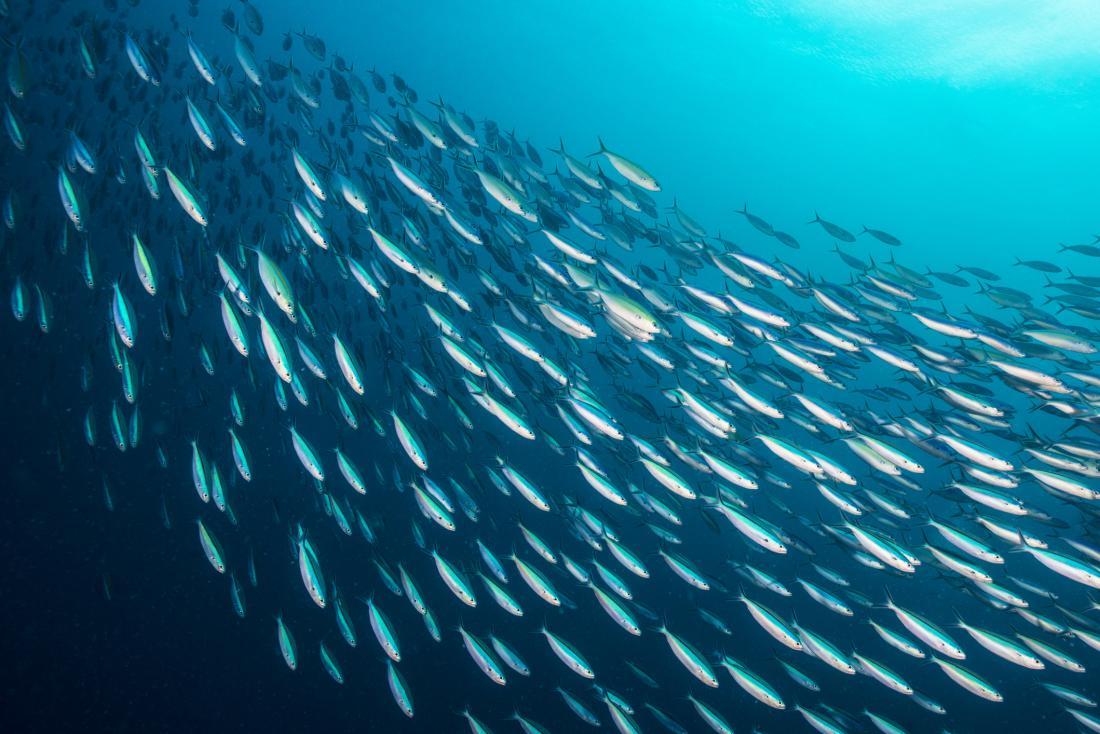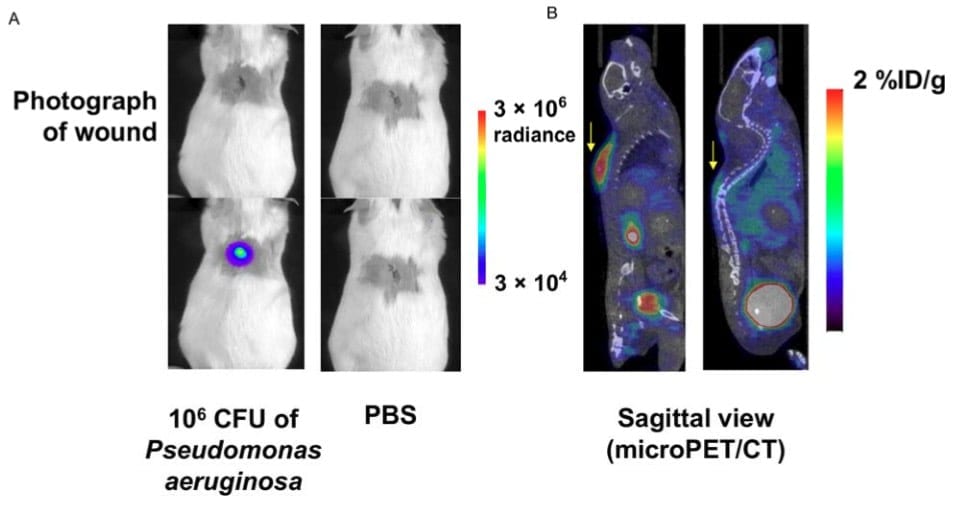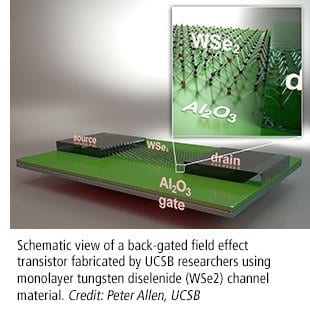
At very small doses this compound inhibits the growth of antibiotic-resistant bacteria.
Bacterial resistance to drugs leads pharmaceutical labs to be in constant search for new antibiotics to treat the same diseases. For the last thirty years, the sea bottom has yielded a wealth of substances with properties of interest to the pharmaceutical industry. Isolated from a marine microorganism off the coast of Alicante by the company BioMar, baringolin shows promising antibiotic activity at a very low concentration. The Combinatorial Lab headed by Fernando Albericio at the Institute for Research in Biomedicine (IRB Barcelona), which collaborates with BioMar, has now synthesized this molecule and revealed its structure. Today’s results open up the possibility to better understand how this substance works and to design derivatives to turn into a viable drug in the next 10 years. These findings are advanced in todays’ online edition of Angewandte Chemie, the scientific journal of reference in chemistry.
The researcher Xavier Just-Baringo, who is doing his PhD in the Combinatorial Chemistry Lab, has spent the last four years studying the structural composition of baringolin and has reconstructed this molecule in the lab as if it were 3D a puzzle of atoms that can be joined up in many ways. “This substance has 128 possible structural configurations but only one is an exact replica of the natural peptide. We have been able to find it via 39 synthesis steps,” explains Just-Baringo who has had the privilege to name the new compound.
The researchers have finely tuned the organic synthesis of the natural peptide and several analogues and will address the biological activity of these molecules and attempt to improve their pharmacological and pharmacokinetic properties. Through collaboration with the Department of Pharmacology at the Hospital Clínic de Barcelona, they will test the analogues against several strains of gram-positive bacteria, one of the two large groups into which bacteria are classified and against which baringolin has shown inhibitory activity.
Thiopeptides: a new family of antibiotics
Structurally speaking, baringolin is a thiopeptide. These molecules are a new family of antibacterial agents of terrestrial and marine origin, and about 100 have been identified to date. “There is only one thiopeptide on the market for the treatment of bacterial infections, thiostrepton (Panolog), and it is used in veterinary medicine for skin infections. Nothing is available for humans yet,” explanis Mercedes Álvarez, associate researcher in the lab, senior professor at the University of Barcelona (UB), and supervisor of the study. The main drawback of thiopeptides is that they show low solubility. For baringolin to be viable as a drug, its solubility must be improved because antibiotics are administered orally or intravenously. “Using the analogues, we aim to improve this feature and identify the parts of the molecule responsible for their antibiotic activity in order to be able to design new more active and smaller analogues,” says Álvarez.
“We have taken the first step towards achieving a future drug,” says Albericio.
The Latest Bing News on:
New Family of Antibiotics
- Thousands of Kids Prescribed 'Potentially Harmful' Drugs for Acute COVIDon May 9, 2024 at 11:59 am
Clinicians prescribed hydroxychloroquine (HCQ) and ivermectin inappropriately to thousands of children with acute COVID-19, according to a retrospective cohort study.
- Protect Yourself And Your Family: Visit 'Psychiatry: An Industry Of Death Exhibit' In New York. Learn The Facts And Fight Backon May 8, 2024 at 9:10 pm
The Exhibit reveals the statistical relationship between soaring suicide rates among veterans and school shootings and the prescription of psychiatric drugs.
- West side story: Salt Lake City’s dramatic tale of change, challenge, and a new horizonon May 8, 2024 at 7:58 pm
A multibillion-dollar mixed-use development, including a possible MLB stadium, will change the character of the city's most diverse area.
- ‘She didn’t want to die’: Family, friends to honor Dunwoody High studenton May 8, 2024 at 9:30 am
Mia Dieguez was caring, but also determined, at such a young age. The 15-year-old, who had dreams about joining the U.S. military, routinely set her mind on something and made sure to go for it, ...
- Whoopi Goldberg details past struggles with drugs and family in new memoiron May 8, 2024 at 3:42 am
Whoopi Goldberg is offering a glimpse into her life story in her new memoir, "Bits and Pieces: My Mother, My Brother, and Me." Released on Tuesday, the book dives into Goldberg's personal experiences, ...
- Recce Pharmaceuticals Granted New Patent in China for RECCE® Anti-Infectiveson May 8, 2024 at 1:00 am
“We are proud to have completed our portfolio of family two patents and now have coverage globally ... RECCE ® 327 has been included on The Pew Charitable Trusts Global New Antibiotics in Development ...
- New family of compounds shows promise as treatment for parasitic wormson May 7, 2024 at 5:00 pm
An international team led by researchers at the University of Toronto has found a family of natural compounds ... less susceptible to the few anthelmintic drugs available, so there's an urgent need to ...
- A mother's loss launches a global effort to fight antibiotic resistanceon May 7, 2024 at 3:00 am
Diane Shader Smith's daughter, Mallory Smith, died at age 25 after fighting an antibiotic-resistant lung infection for 12 years. A new book of her daughter's diary entries and a website are aimed at ...
- New Drugs Won’t Help If They Can’t Reach Patients. My Family Learned the Hard Way.on May 6, 2024 at 11:00 pm
Christine Schuster spent her life in healthcare. That wasn’t enough when her husband couldn’t get the cancer treatments he needed, Schuster writes in a guest commentary.
- Antibiotic Alternative Produced by Gram-Positive Bacteriaon April 29, 2024 at 10:15 pm
Due to increasing antibiotic resistance in pathogens causing infections, the development of new antibacterial substances is needed. Scientists are testing out a new group of substances produced by ...
The Latest Google Headlines on:
New Family of Antibiotics
[google_news title=”” keyword=”New Family of Antibiotics” num_posts=”10″ blurb_length=”0″ show_thumb=”left”]
The Latest Bing News on:
New family of antibacterial agents
- A New Oral Antibiotic Is Available to Treat UTIson May 8, 2024 at 9:32 am
The FDA recently approved Pivya for uncomplicated UTIs. Pivya is an oral tablet that clears bacterial infections in the female bladder.
- 4.95 Million People Die From Treatable Infections Annually. A New Project Tells Their Storieson May 7, 2024 at 6:57 am
Professor Dame Sally Davies, the U.K.’s Special Envoy on Antimicrobial Resistance, shared with the AMR community that the goal of the Global Diary is to show, "Behind every statistic is a story—a real ...
- The State Of: Antimicrobial Resistanceon May 1, 2024 at 2:44 am
We take a look at the AMR field, looking at the past, present and future to give you a comprehensive overview of the research landscape.
- FDA Approves New Antibiotic for Uncomplicated Urinary Tract Infectionson April 30, 2024 at 11:30 pm
The U.S. Food and Drug Administration has approved Pivya (pivmecillinam) tablets for the treatment of female adults with uncomplicated urinary tract infections (UTIs). The approval is for UTIs caused ...
- A New Class of Antimicrobial Compounds Discovered in Soil Bacteriaon April 29, 2024 at 12:05 pm
Hundreds of thousands of people die every year from antibiotic-resistant infections or from the complications of those infections, and the problem is only | Microbiology ...
- CRISPR is promising to tackle antimicrobial resistance, but remember bacteria can fight backon April 25, 2024 at 5:00 pm
researchers started to search for alternative methods to fight MDR infections rather than going through the process of developing new antimicrobial agents which can go on for decades. As a result ...
- Researchers systematically investigate efficacy of CRISPR antimicrobial agentson April 25, 2024 at 1:28 pm
The antimicrobial potential of CRISPR-Cas systems is promising, yet how to best design or implement CRISPR nucleases remains poorly understood. An international team led by the Helmholtz Institute for ...
- Antimicrobial agents of the futureon April 25, 2024 at 6:04 am
HIRI researchers conducted the first systematic study of CRISPR-based antibiotics in Klebsiella pneumonia The antimicrobial ... the development pipeline for new agents has slowed, while the ...
- Tigecycline: A New Glycylcycline Antimicrobial Agenton April 17, 2024 at 5:00 pm
Recently, a new antimicrobial class, the glycylcyclines, has been found to treat resistant gram-positive and -negative infections. These agents are structurally similar to tetracyclines ...
- Family of real estate agent killed 13 years ago urges people to come forwardon April 9, 2024 at 7:24 am
POLICE SAY THE LEAD DETECTIVE ON THE CASE HAS RETIRED, BUT THEY HAVE A NEW TEAM WITH A FRESH The family of a West Des Moines real estate agent killed in broad daylight is urging anyone to come ...
The Latest Google Headlines on:
New family of antibacterial agents
[google_news title=”” keyword=”new family of antibacterial agents” num_posts=”10″ blurb_length=”0″ show_thumb=”left”]











